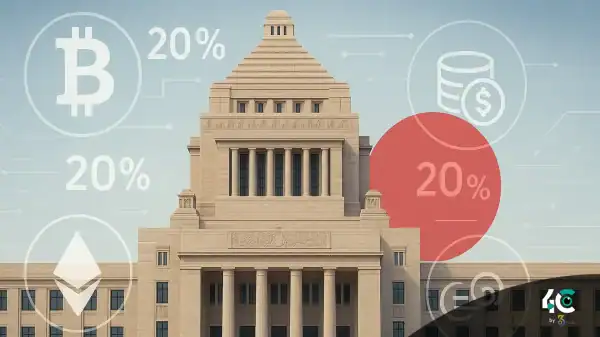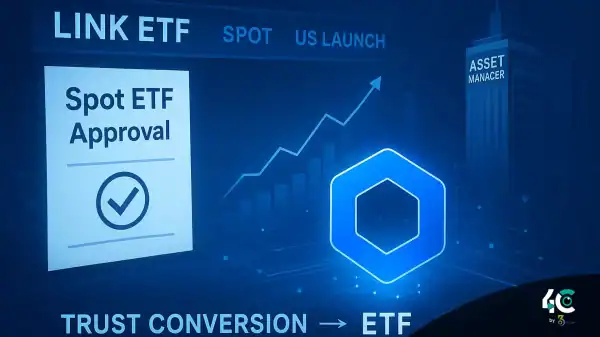Temporary Limits to Ensure a Smooth Transition
Breeden, speaking at DC Fintech Week, explained that the restrictions on stablecoin limits were never intended to be permanent. Rather, these measures offer a pause for the real-economy financing structure to adapt. They also give the Bank of England a chance to monitor the usage of stablecoins within the UK. The Deputy Governor emphasized that should the risks to the financial system subside, the limits would be raised.
Breeden commented, “We would expect to remove the restrictions once we see that the transition no longer poses a risk of limiting the provision of finance to the real economy.” This signals the Bank of England’s commitment to finding a resolution for the crypto sector.
Criticism and Industry Concerns
The limits suggested by the Bank, which range from £10,000 to £20,000 ($13,429 to $26,858), have faced substantial criticism from industry groups. Analysts argue that this might give the impression that the UK is not crypto-friendly and could potentially push businesses elsewhere.
Despite the criticism, Breeden defended the move, stating that it is crucial to manage the risks associated with the rapid adoption of stablecoins. She also raised concerns that outflows from traditional banks could lead to a sudden loss of credit availability for businesses and households.
Also Read : UK Lifts Ban on Crypto ETNs, Opening Retail Access
Upcoming Consultation and Flexible Rules
Breeden also highlighted that the Bank of England will consult with stakeholders before the end of 2025 to gather input on the proposed limits and other matters related to stablecoin regulation. This consultation will also examine what exemptions and carve-outs could be applied for large companies and businesses participating in the UK’s digital sandbox, which is a testbed for distributed ledger technology (DLT) that began in October 2024.
Bank of England Looks at Systemic Stability
An essential concern for the Bank of England is whether stablecoins will lead to a rapid withdrawal of cash from the banking system into credit markets. The BoE aims to create a framework where the financial system can adapt to new technologies in an orderly fashion that doesn’t disrupt credit flows, given how highly dependent the country’s credit system is on banks.
Breeden also spoke about the role of payments and settlements for wholesale banking by central banks. According to her, these should remain within the domain of the central bank to avoid additional risks in the financial system. She acknowledged that today’s settlements do not rely solely on central bank-backed money and suggested that in the future, there could be a place for tokenized deposits and regulated stablecoins in evolving asset markets.
Collaborating with the Industry for a Safe Transition
In her closing remarks, Breeden called on the industry to collaborate with the Bank of England to explore new technologies and create use cases for stablecoins and tokenized assets. She stated, “We can’t do this alone. The current players in the industry as well as new entrants are essential to us. We want them to engage, experiment, and help us responsibly position the technology with us.”
The Bank of England seeks to foster innovation while ensuring that it doesn’t create a regulatory-free zone for crypto.



































